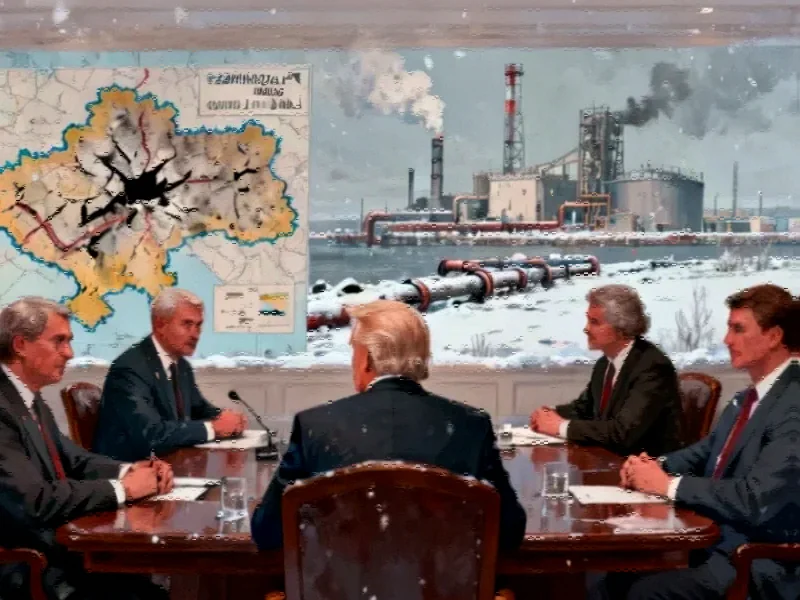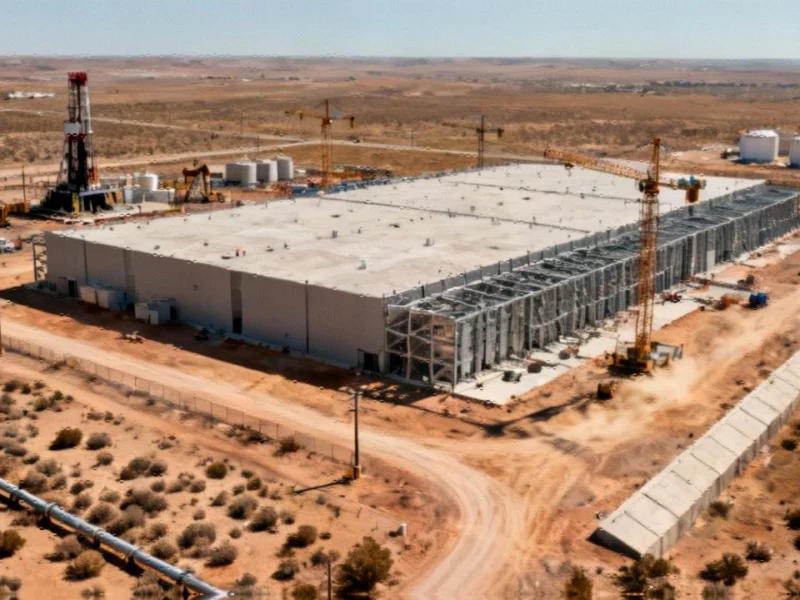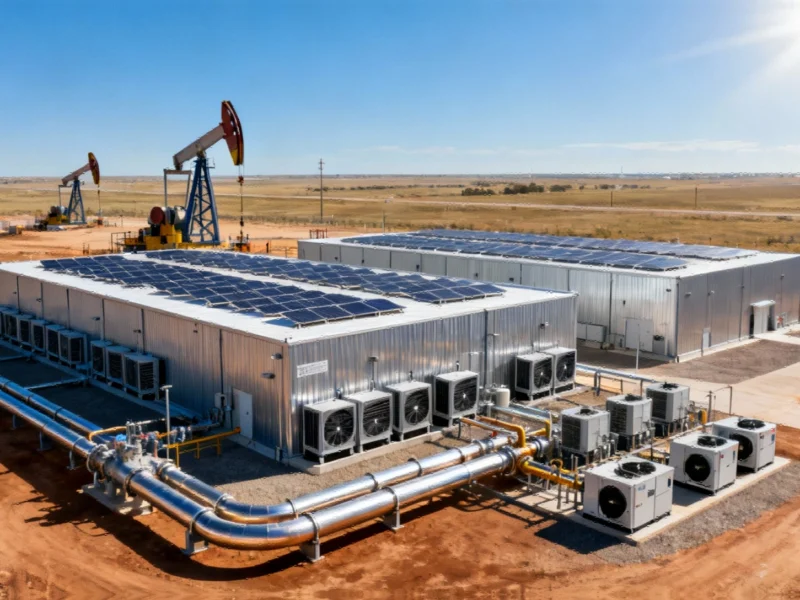Strategic Partnership Targets Rare Earth Independence
In a landmark move to secure critical mineral supply chains, the United States and Australia have formalized a comprehensive agreement featuring an $8.5 billion project pipeline. The signing between President Donald Trump and Prime Minister Anthony Albanese at the White House represents a significant escalation in Western efforts to reduce dependence on Chinese rare earth elements, which are essential for defense systems, renewable energy technologies, and consumer electronics.
“What we’re trying to do here is to take the opportunities which are there,” Albanese emphasized during the joint announcement, highlighting the strategic importance of diversifying global supply chains beyond Chinese control.
Immediate Investment and Phased Implementation
The partnership will commence with $1 billion in joint funding over the next six months targeting projects deemed “immediately available.” This rapid deployment underscores the urgency both nations attach to securing alternative rare earth sources amid escalating trade tensions with China.
According to officials familiar with the arrangement, the collaboration will unfold through three distinct project groups involving major industrial players including Alcoa. The United States will specifically invest in developing Australia’s rare earth processing capabilities, addressing what analysts identify as the weakest link in non-Chinese supply chains.
Multilateral Expansion with Japanese Participation
In a significant development, the agreement includes a trilateral joint venture incorporating Japanese expertise and investment. This expansion beyond the bilateral framework demonstrates the growing coordination among democratic nations seeking to counter China’s near-monopoly on critical minerals. The involvement of Japan, which possesses advanced manufacturing capabilities, adds crucial technological depth to the partnership.
This strategic alignment comes as industry developments continue to shape international trade policies and resource security initiatives.
Geopolitical Context: Responding to Chinese Export Controls
The agreement emerges against the backdrop of China’s implementation of strict rare earth export controls earlier this month, measures that brought Washington and Beijing to the brink of a renewed trade war. With China currently controlling approximately 80-90% of global rare earth processing capacity, the vulnerability of Western manufacturing has become a pressing national security concern.
President Trump has responded with threats of 100% tariffs on Chinese goods beginning November 1 unless Beijing reverses its export restrictions. This high-stakes confrontation reflects broader market trends toward supply chain regionalization and friend-shoring strategies.
Strategic Implications and Industry Impact
The U.S.-Australia critical minerals partnership represents one of the most substantial coordinated responses to China’s supply chain dominance to date. By developing independent processing capabilities, the alliance aims to:
- Secure defense manufacturing capabilities dependent on rare earth magnets and components
- Accelerate renewable energy adoption by ensuring stable supplies for wind turbines and EV motors
- Create alternative supply routes for high-tech industries including telecommunications and computing
As nations increasingly recognize the strategic importance of critical minerals, related innovations in resource management and processing technologies are gaining prominence across industrial sectors.
Long-term Vision for Supply Chain Resilience
According to detailed analysis of the agreement, the partnership extends beyond immediate projects to establish a framework for ongoing cooperation in mineral exploration, processing technology development, and workforce training. This comprehensive approach acknowledges that building alternative supply chains requires sustained investment and policy coordination.
The $8.5 billion commitment signals that both nations view critical mineral security as a long-term strategic priority rather than a temporary response to current trade tensions. As the implementation progresses, the success of this partnership could establish a template for similar cooperation among other democratic nations seeking to reduce strategic dependencies.
This article aggregates information from publicly available sources. All trademarks and copyrights belong to their respective owners.
Note: Featured image is for illustrative purposes only and does not represent any specific product, service, or entity mentioned in this article.



